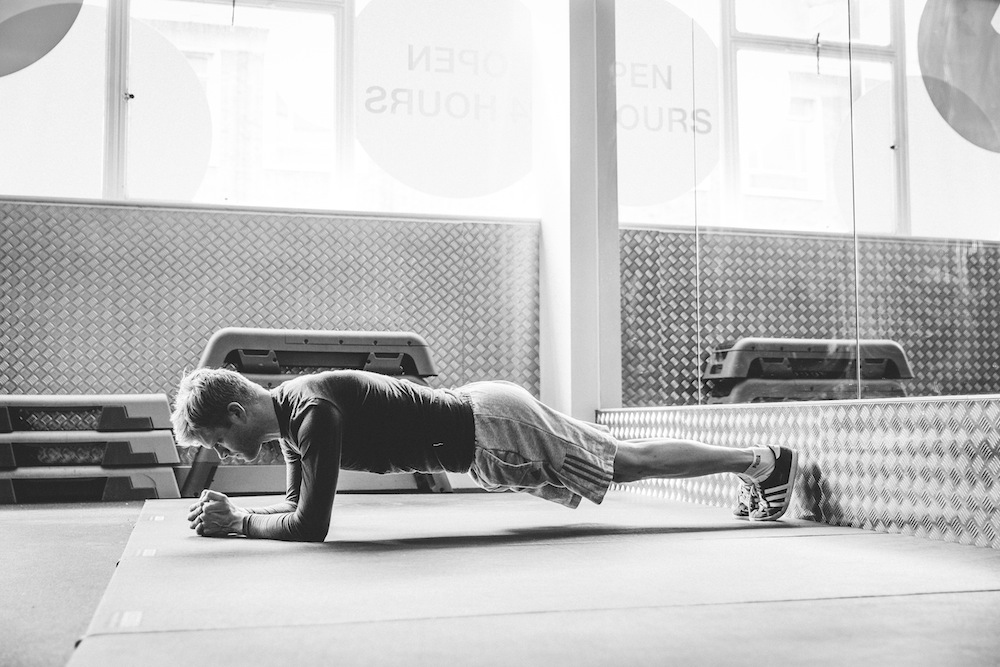Pilates for cyclists: is it worth it?
Is there a benefit for the average cyclist to focus on improving postural strength with Pilates? Michael Stokoe tells us more


Many cyclists’ main performance concern is optimising their power-to-weight ratio, increasing their VO2 max or developing explosive speed.
But what about an activity that develops core strength, stability and motion control? Could pilates be a worthwhile addition to your training?
>>> Test your core with the cyclists’ core challenge (video)
Pilates was developed by German gymnast Joseph Pilates in the early 20th century as a method of using the mind to help control postural muscles.
The activity is recommended by the NHS and British Heart Foundation for general health; it helps to improve core stability but is also useful for general conditioning and injury rehab.
Watch now: Quick fire core routine for cyclists
Lynne Robinson, who has practised pilates for over 20 years and is the founder of the Body Control Pilates centre in London, told CW:
The latest race content, interviews, features, reviews and expert buying guides, direct to your inbox!
“For a cyclist, we would work principally on your pelvic and lumbar stability so as to help control the muscles around the pelvis and the lumbar spine. It’s a matter of becoming stable while also mobilising the hip joints — getting that balance between the two.”
Core stability plus hip flexibility is integral to producing power on the bike, so it stands to reason that pilates could be effective. Can pilates also help with common cycling injuries such as lower back pain, hip pain, and knee pain?
“Because pilates improves core stability, yes, it can definitely help reduce back problems. Also, by working on your glutes, we can help prevent some hip problems as well,” said Robinson.
>>> Why core strength is important for cyclists
Pilates is no longer the preserve of trend-following health fanatics; it is gaining popularity in pro cycling. Former Cannondale-Drapac rider Tom Danielson published a book called Core Advantage, which included a section on pilates.

Robinson added: “It’s the precision of pilates that is so valuable to cyclists, and it’s because we’re working on motor and movement skills relevant to cycling.”
Pilates might not be the centrepiece of your training schedule, but it is certainly worth considering, particularly if you suffer from back problems.
“I’m biased,” Robinson admits, “but if you want to prevent injuries, improve your performance and cycle pain-free for longer, pilates is the way forward.”
Michelle Arthurs-Brennan the Editor of Cycling Weekly website. An NCTJ qualified traditional journalist by trade, Michelle began her career working for local newspapers. She's worked within the cycling industry since 2012, and joined the Cycling Weekly team in 2017, having previously been Editor at Total Women's Cycling. Prior to welcoming her first daughter in 2022, Michelle raced on the road, track, and in time trials, and still rides as much as she can - albeit a fair proportion indoors, for now.
Michelle is on maternity leave from April 2025 until spring 2026.
